The Hidden Ingredient | Plant Dye Series Part 4: Sumac - From Spice of Empires to Skin's Best Friend
Wait… the same stuff sprinkled on your fattoush salad? Yep. That sumac.
But don't let its culinary fame distract you; this crimson plant has dyed royal robes, healed battle wounds, and preserved leather for centuries. And now? It's quietly revolutionizing skin-friendly textiles in our Silver Sumac Collection.
The Global Plant with a Thousand Lives
If sumac had a LinkedIn, it'd be overwhelming. Titles might include:
- 🌸 Persian wedding spice
- 🧤 Ottoman leather softener
- 🎨 Roman wool dye
- ☀️ Native American sun tea
- 📜 Medieval ink fixer
- 🧼 Colonial deodorant (no, really)
In the Islamic Golden Age, tanneries in Fez and Cordoba swore by it. Sicilian traders built industries exporting it. Persian dyers steeped it into wool. And Jewish, Greek, and Arab manuscripts all describe it as essential to the art of coloration and healing. Why? Tannins. Lots of them. These powerful plant compounds made sumac a go-to for both preserving fabric and healing wounds.

Ancient Medicine Meets Modern Skin Science
Let's break the plant down, AIZOME style:
Sumac is antimicrobial, anti-inflammatory, and antioxidant-rich. In traditional medicine, it was used for:
- 🍃 Digestive issues
- 🗣️ Sore throats and mouth ulcers
- 🩹 Rashes and wounds
- 💊 Menstrual pain, fevers, and even gangrene (!!!)
It's like nature's version of a pharmacy aisle… but edible, dyeable, and wearable.
Modern studies now confirm what healers knew centuries ago: sumac can calm inflammation, inhibit harmful microbes (like staph and candida), and support skin healing. There's even early research suggesting it lowers blood sugar and cholesterol. Not bad for a seasoning you can also dye a robe with.
Sumac: The Quiet Workhorse of the Dye World
When it comes to dyeing, sumac isn't the loud showstopper. It's the stage manager making everything else shine.
Here's what it does:
- 🎯 Preps fabric to hold color better (mordant)
- 🌻 Naturally dyes light yellows and warm grays
- ⚫ When combined with iron, it produces deep blacks and cool charcoals
Historically, this was the go-to before synthetic blacks arrived. In fact, some of the deepest blacks in European history? Achieved using sumac + iron, a combo still revered in today's eco-textile movement.
At AIZOME, we use this exact plant in the Silver Sumac Collection, where the sumac is paired with silver ions to create antibacterial, UV-protective, and skin-soothing textiles.

Why AIZOME Chose Sumac
Because your skin deserves medicine, not mystery chemicals.
We believe bedding should support your health, not irritate it. That's why we only use medicinal plants, like indigo, madder, and yes, sumac. Sumac checks every box:
- 🦠 Antimicrobial: Sumac helps inhibit a wide range of bacteria and fungi, including Staphylococcus aureus, E. coli, and Candida albicans, reducing the microbial load on fabrics that touch your skin every night.
- 🌿 Anti-inflammatory: Rich in natural polyphenols, sumac calms irritation and redness, ideal for those with eczema, allergies, or reactive skin.
- 🩹 Wound-healing: Sumac's tannins gently contract tissue and help support healing and collagen production, minimizing risk of infection.
- ✨ Anti-acne: Traditionally used to treat skin eruptions, sumac has shown activity against Cutibacterium acnes, the bacteria behind breakouts. It helps purify both topically and systemically.
"And did we mention… it just looks damn good?"
Functional, Beautiful, Proven
The muted tones it brings, especially when paired with silver, create a subtle yet luxurious aesthetic. Think ancient earth meets modern design.
Unlike synthetic finishes (which often involve endocrine disruptors and forever chemicals), sumac brings benefits without baggage. It's our kind of plant: multipurpose, regenerative, rooted in history but radically relevant today.
So next time someone says, "Oh, I love sumac on my fries," you can smile and reply:
"Me too. I also love sleeping in it."
P.S. We didn't invent plant-dyed, skin-beneficial textiles. We're just reviving a tradition, with science, sustainability, and sensitivity in every stitch.


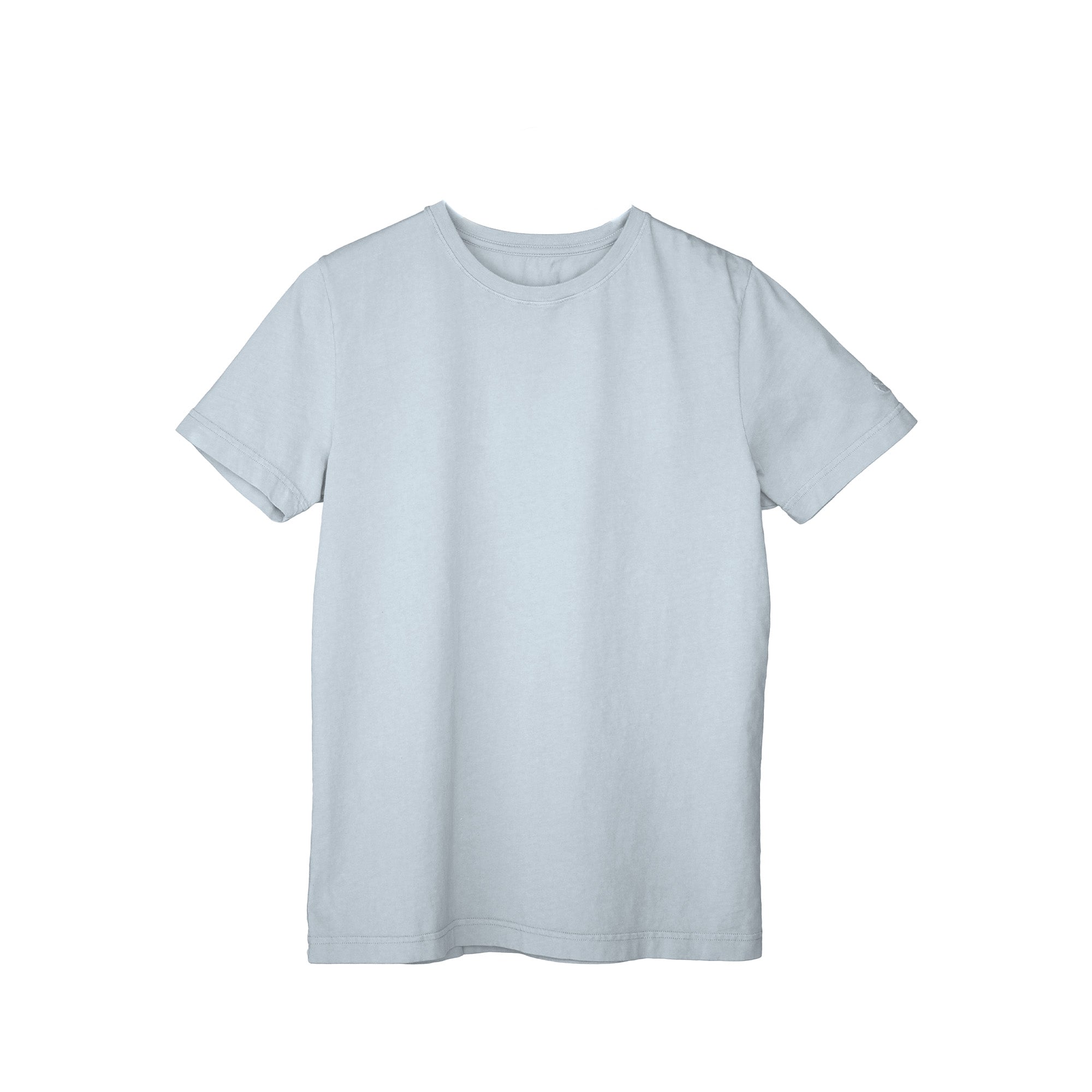

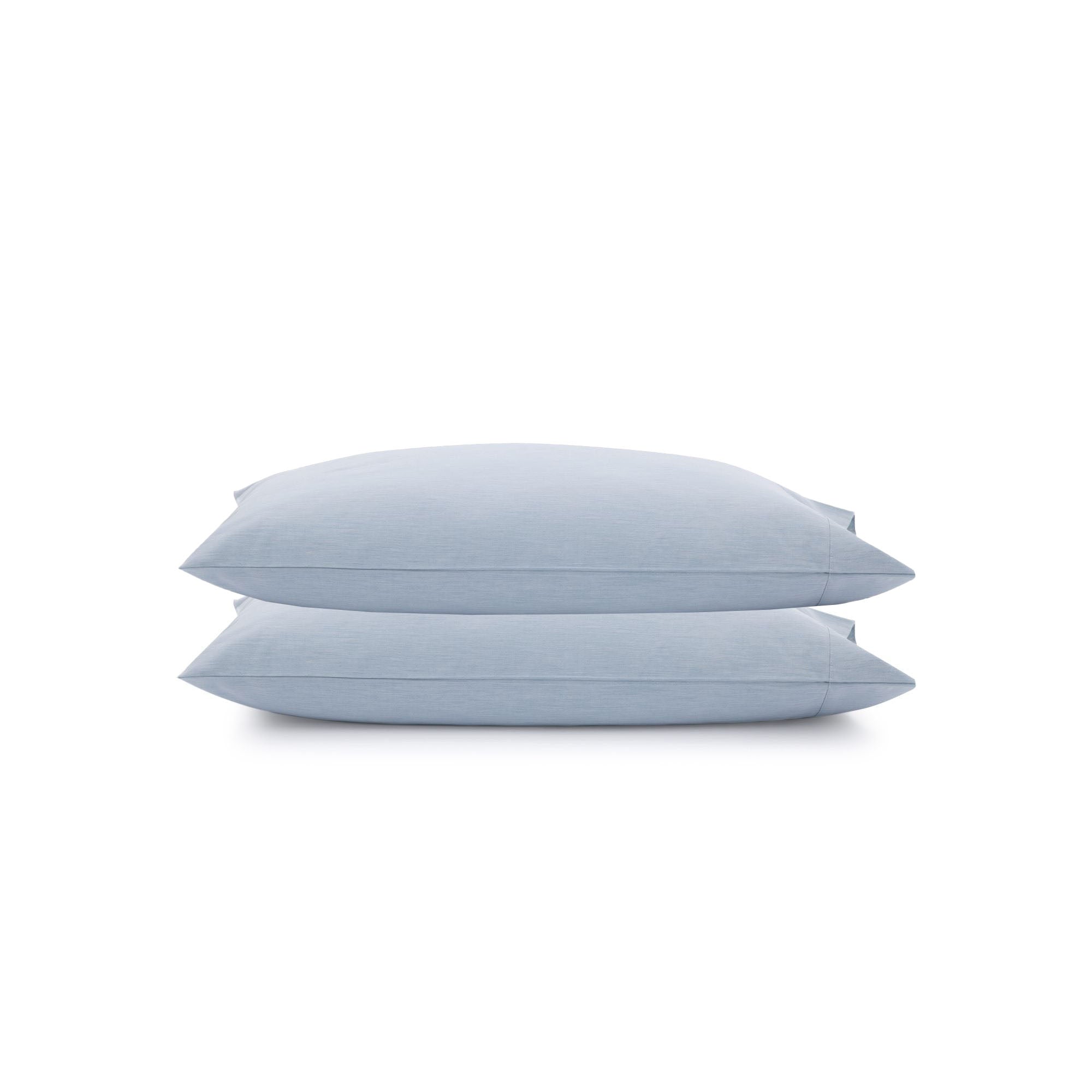
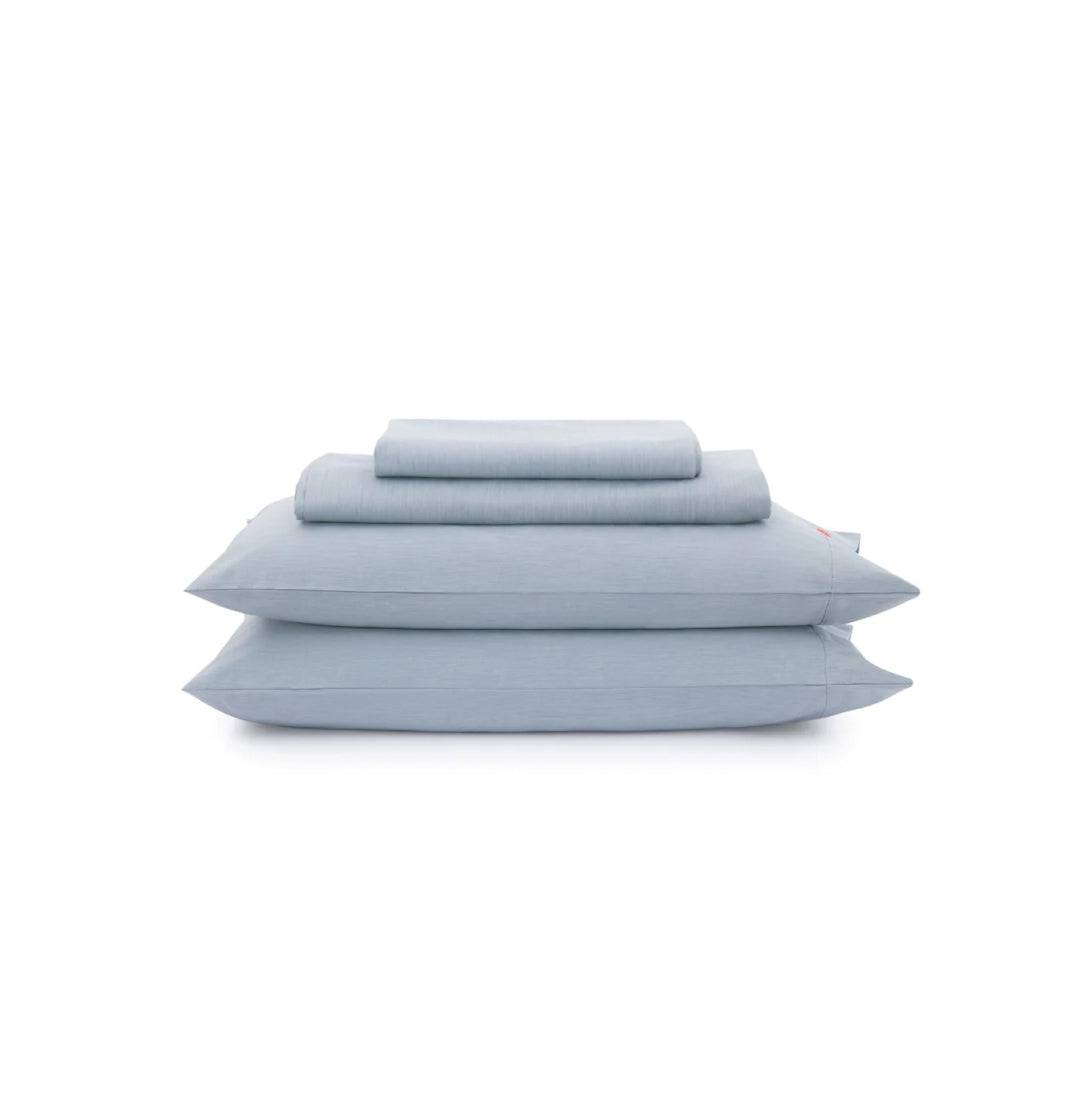
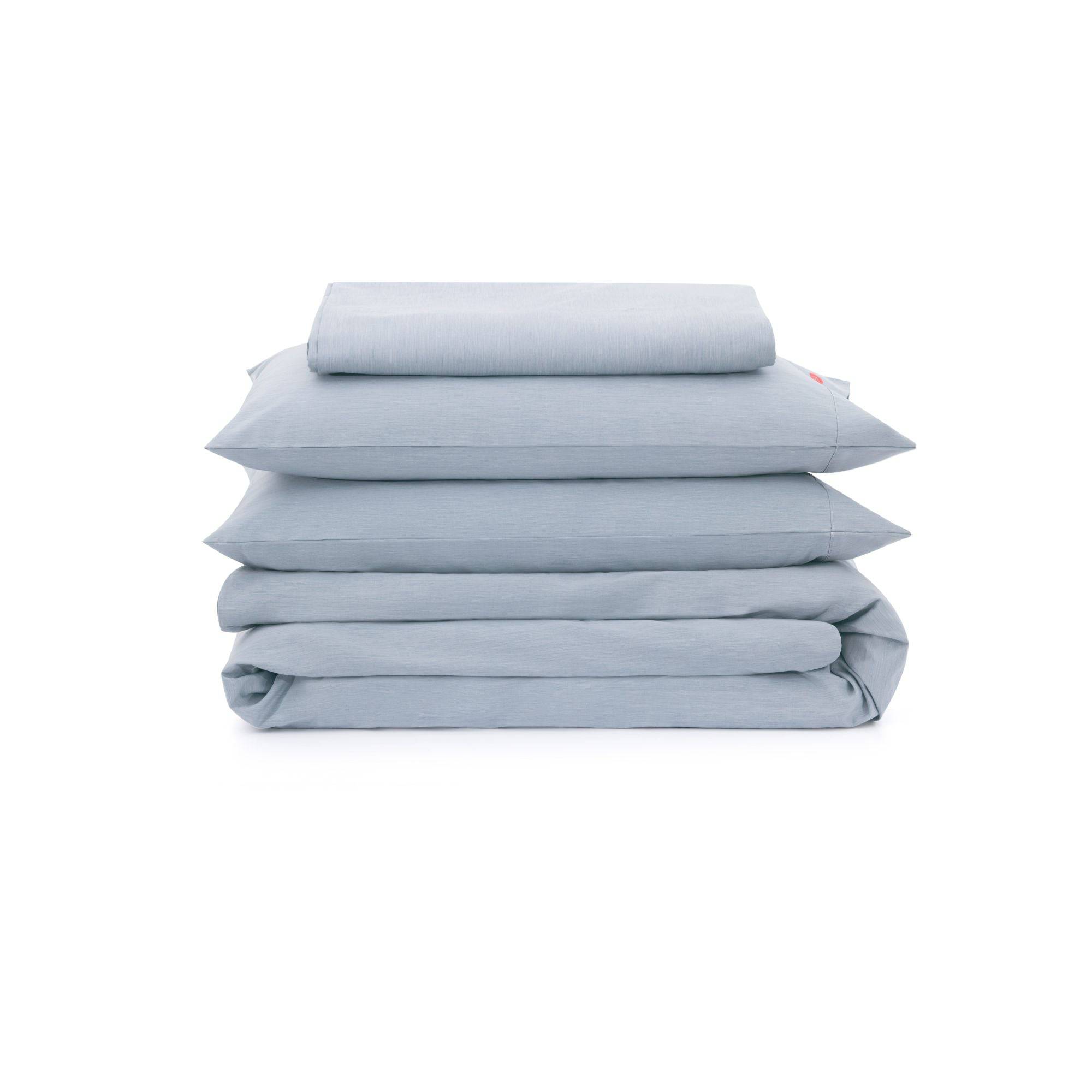
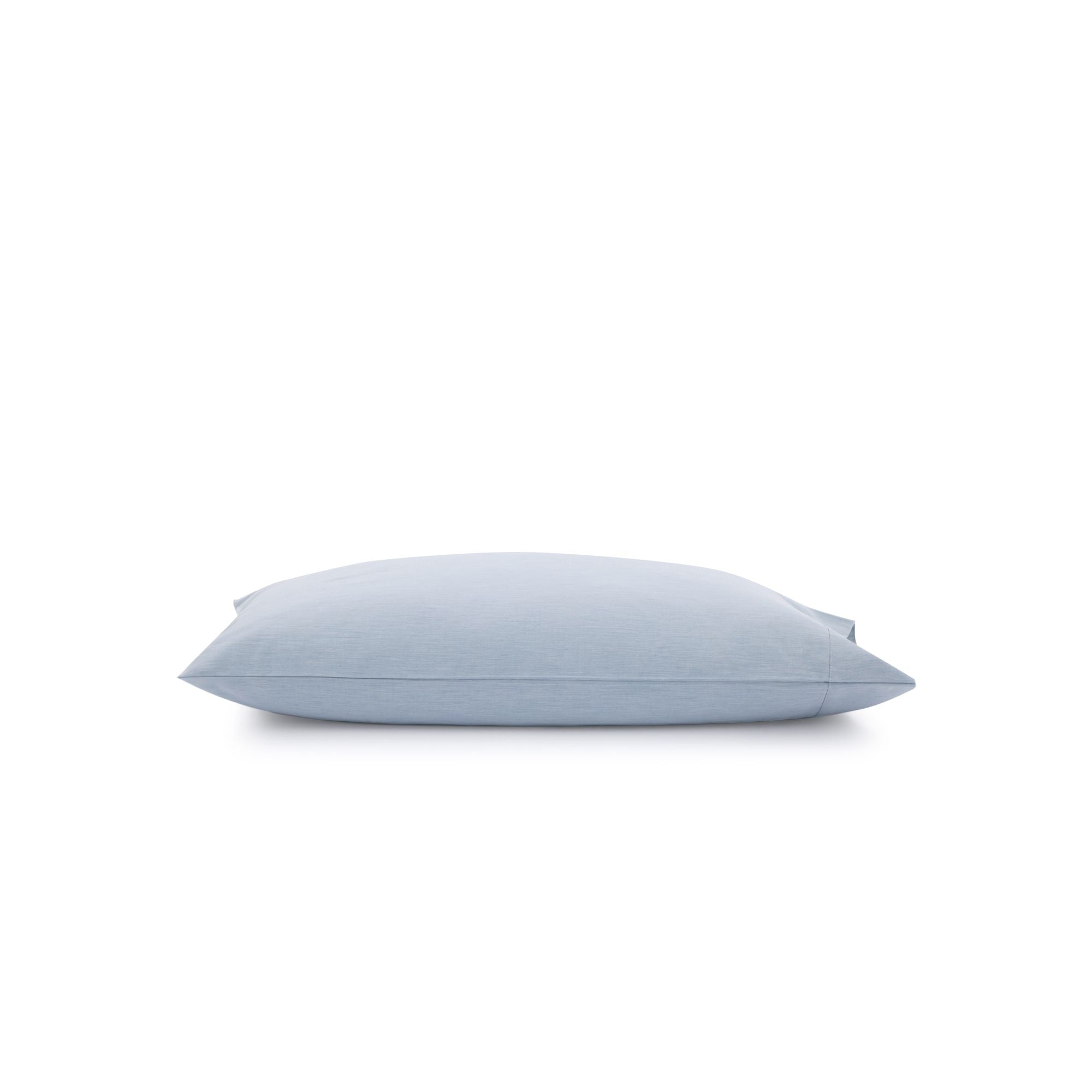
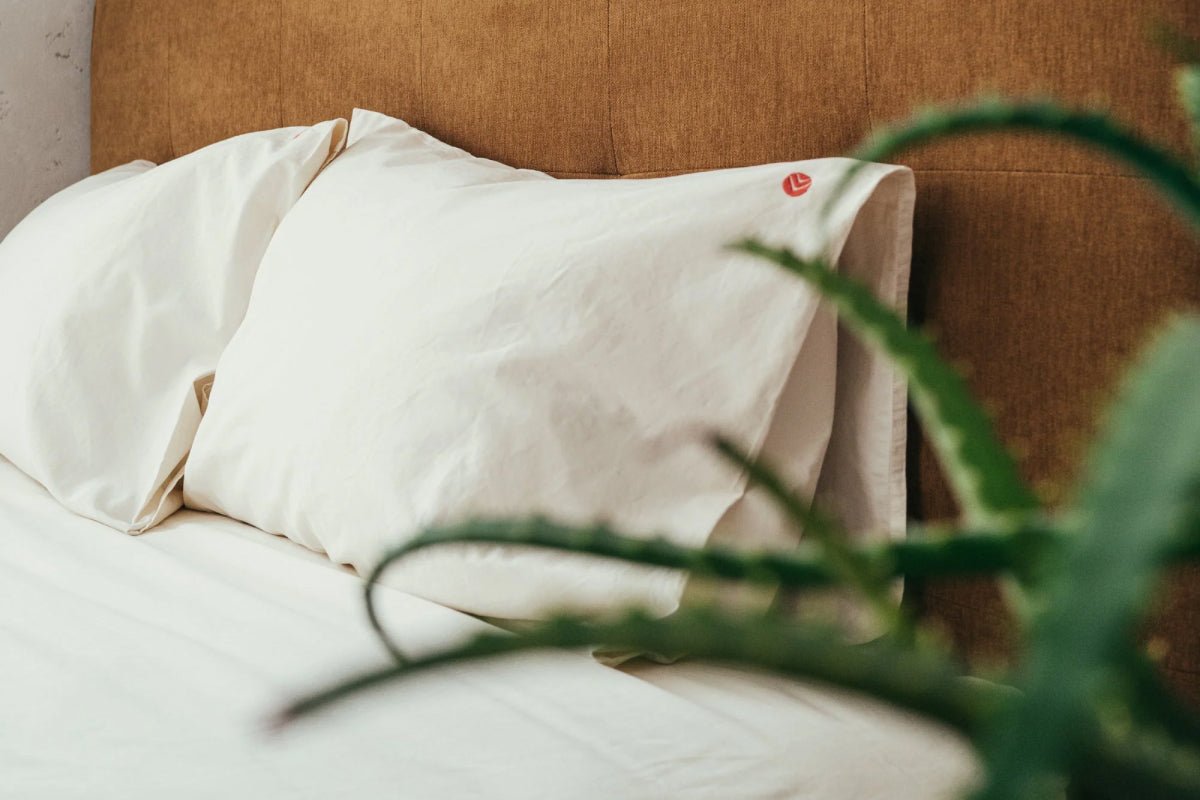 Bedding
Bedding
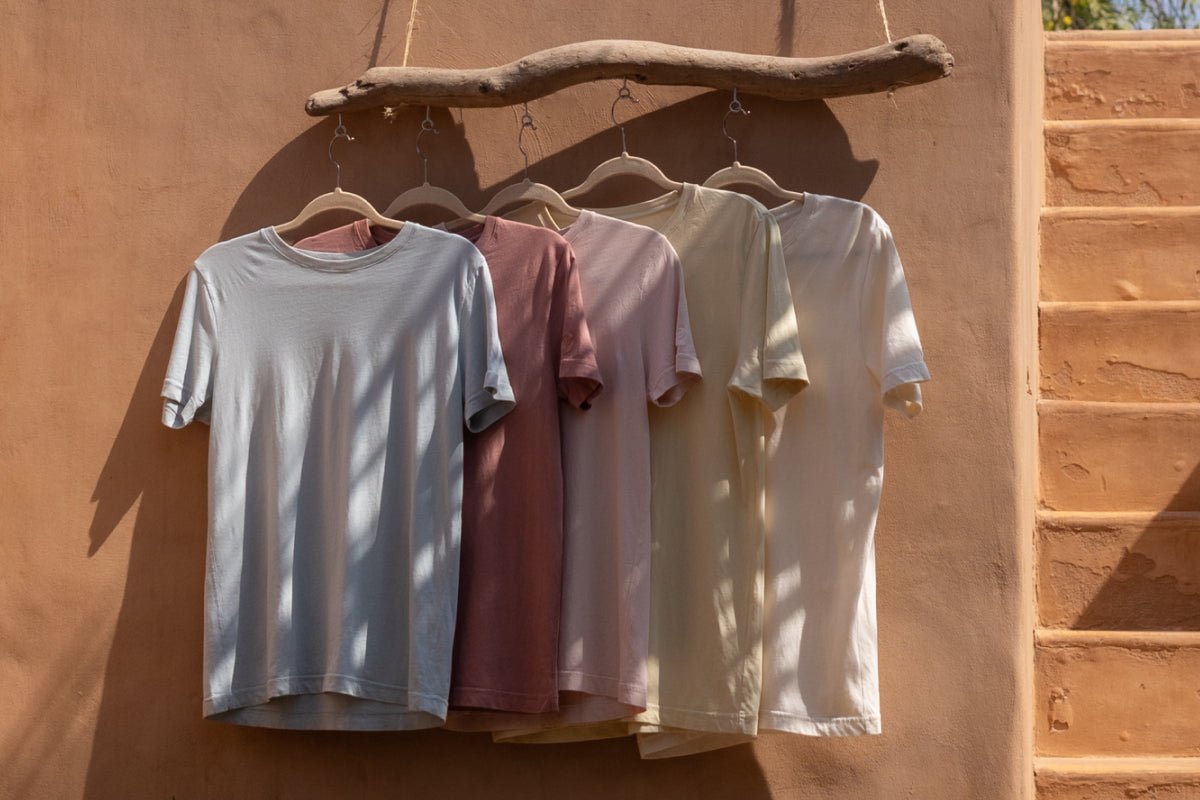 Clothing & Accessories
Clothing & Accessories
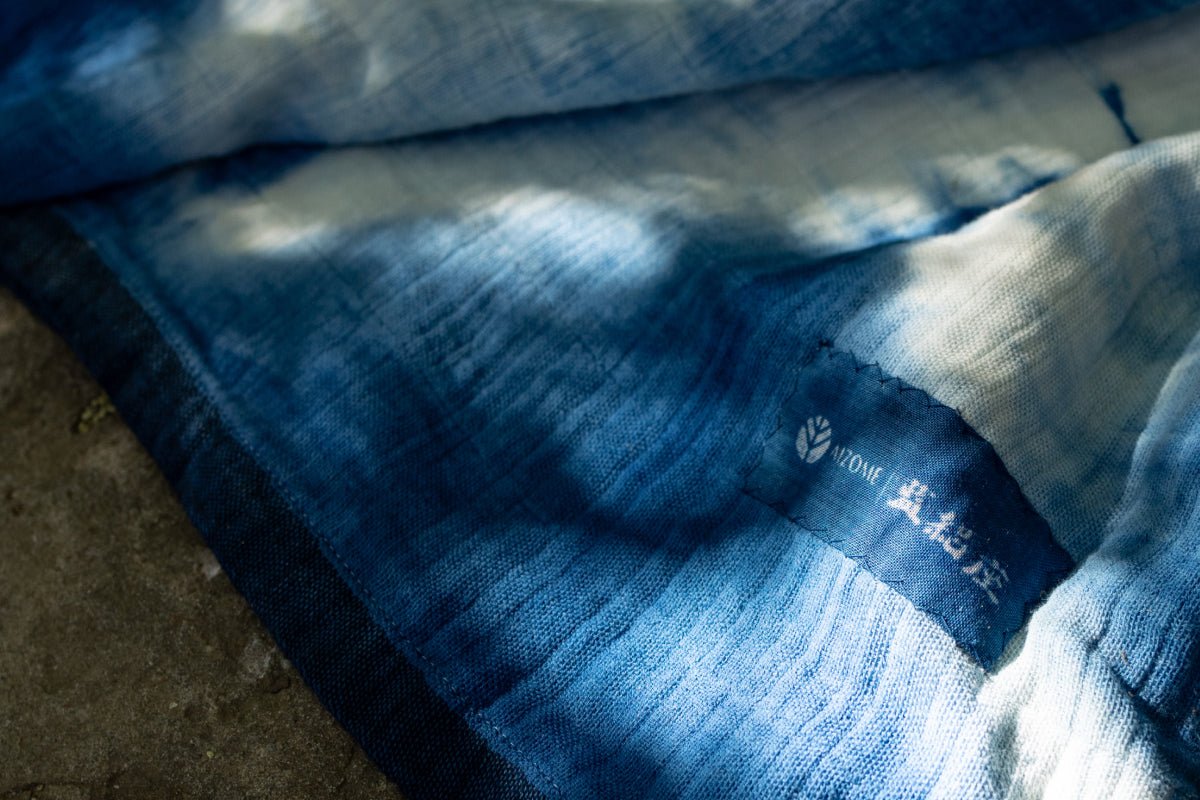 Artisan Line
Artisan Line
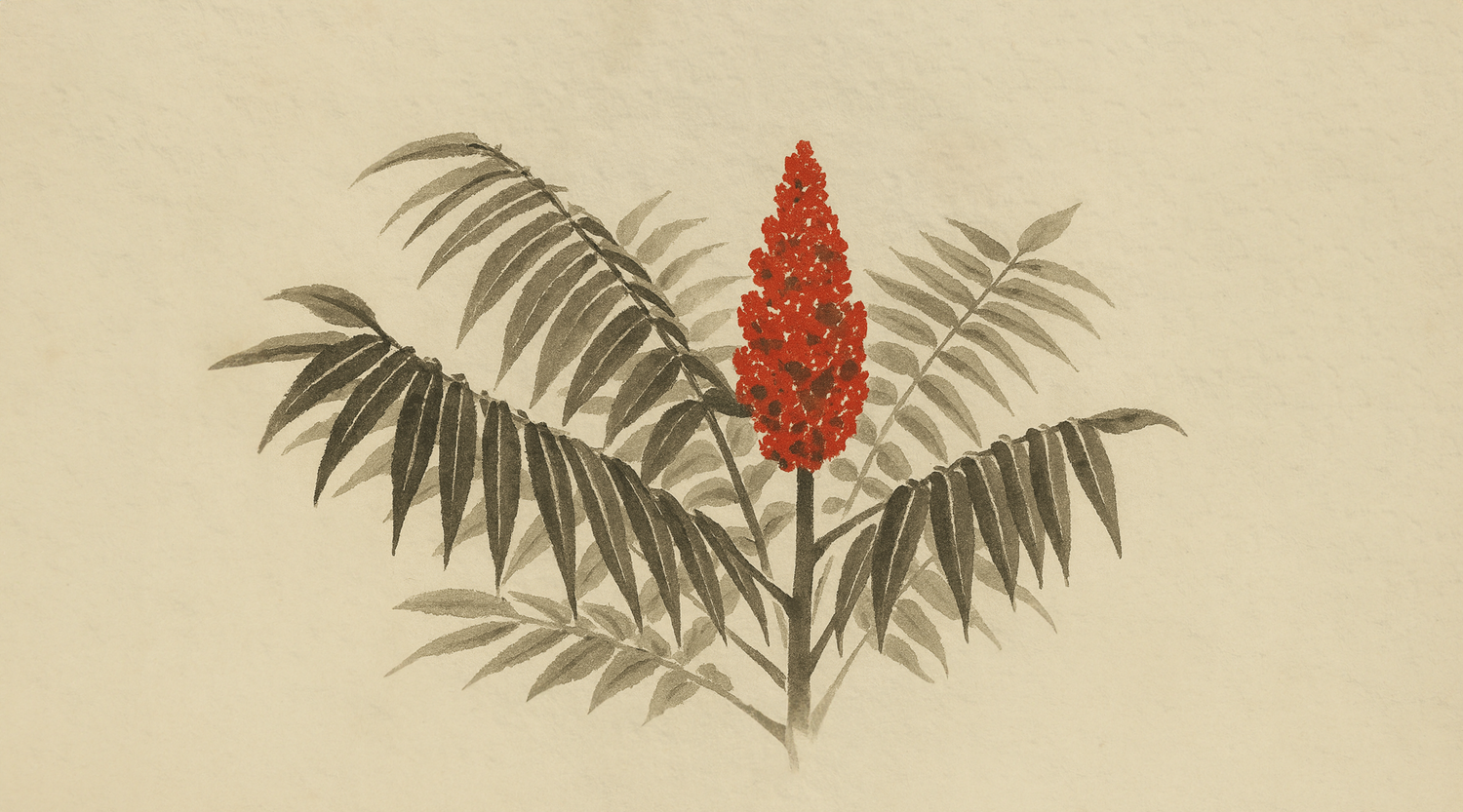

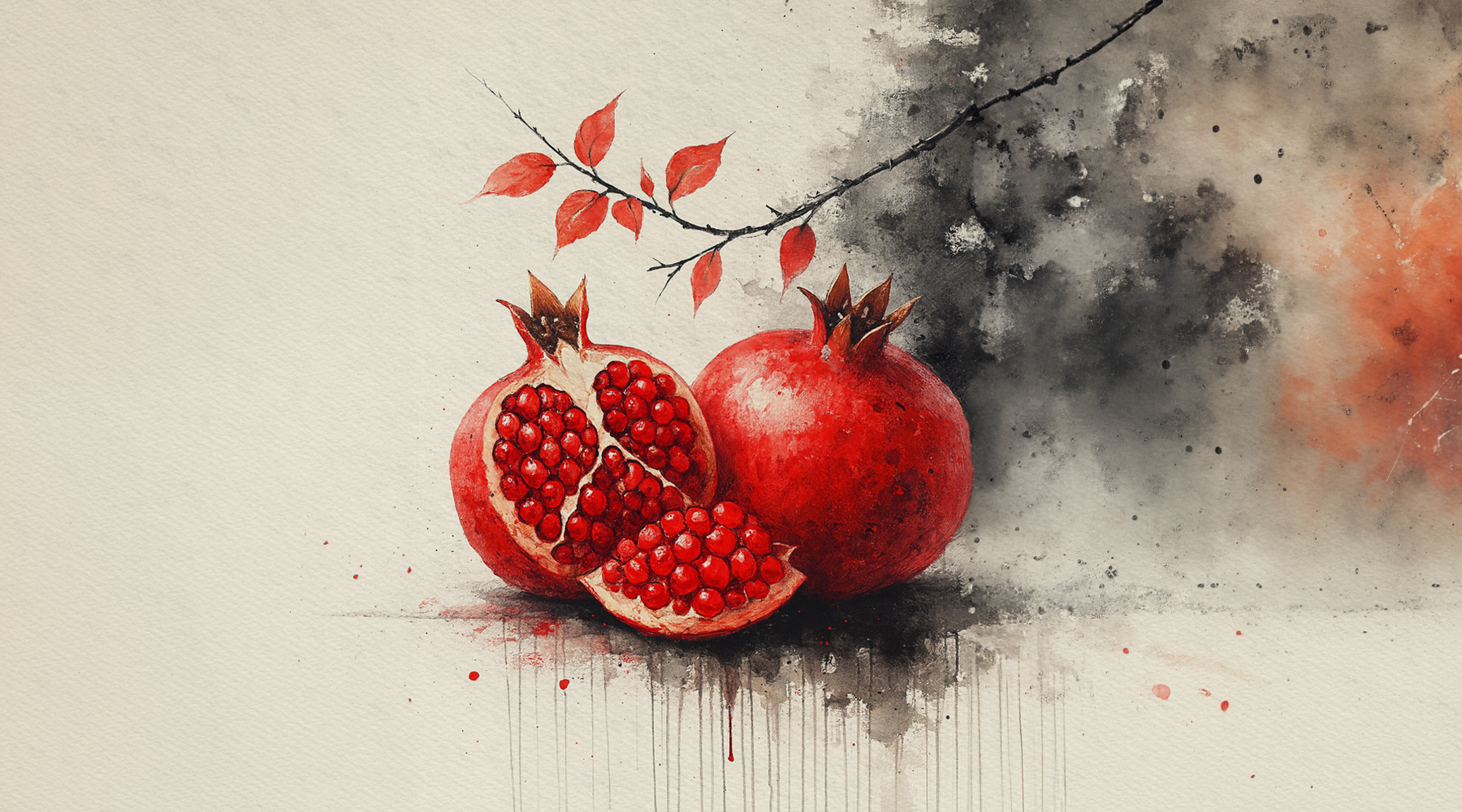
Leave a comment
All comments are moderated before being published.
This site is protected by hCaptcha and the hCaptcha Privacy Policy and Terms of Service apply.